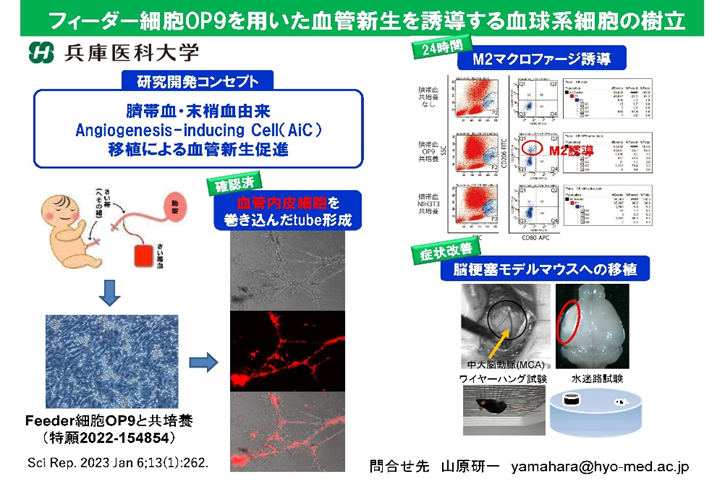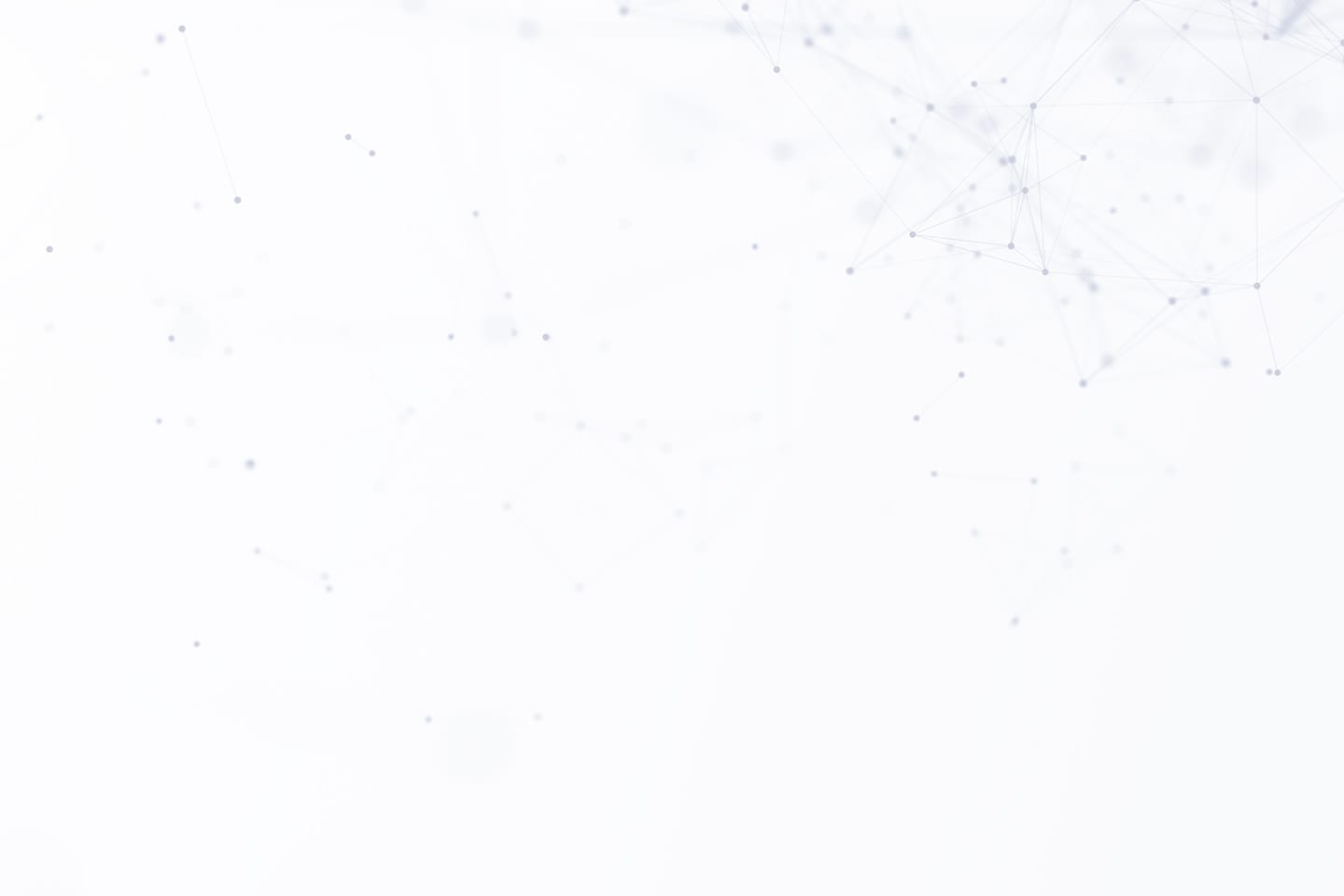Development of a novel vascular regeneration therapy using angiogenesis-inducing cells (AiC) derived from umbilical cord blood and peripheral blood
Information updated: July 31, 2023
- Seeds Information
- Researcher Information
- What do you expect from collaboration with companies?
- Contact for this research
Seeds Information
keyword
Vascular regeneration, umbilical cord blood, peripheral blood
Field
Cell therapy, regenerative medicine
Overview
Hematopoietic cells are a cell source for angiogenesis therapy targeting ischemic diseases. The hematopoietic cells used are derived from the red blood cell-removed fraction or mononuclear cell fraction of bone marrow aspirate, umbilical cord blood, or peripheral blood. Specifically, studies have been conducted using CD34-positive cells and endothelial progenitor cells (EPCs) isolated from the mononuclear cell fraction, or the mononuclear cell fraction itself. However, the angiogenic effect of these hematopoietic cells is still insufficient. By co-culturing these hematopoietic cells with OP9 feeder cells, we have confirmed that within 24 hours, (1) cell death of hematopoietic cells is reduced, (2) stress on the cultured hematopoietic cells is reduced, (3) the hematopoietic cells form a cell network, (4) the proportion of M2 macrophages is increased in the produced hematopoietic cell population, and (5) the angiogenic effect and attenuation of the sequelae of cerebral infarction by cell transplantation in a mouse cerebral infarction model (Sci Rep. 2023 Jan 6;13(1):262.). Furthermore, we have discovered that culturing blood lineage cells in OP9 culture supernatant can induce M2 macrophage differentiation in blood lineage cell populations, and have patented this finding (Patent Application No. 2022-154854).
What's new?
We found that it is possible to establish blood lineage cells that induce angiogenesis by co-culturing blood lineage cells with OP9 feeder cells.
What are its advantages over other studies?
- AiC, including induction of M2 macrophages, can be established within a very short period of time, within 24 hours.
- This method can be applied not only to umbilical cord blood but also to blood cells such as peripheral blood and bone marrow.
- It is expected that this technology will be applied to various diseases for which M2 macrophages can be expected to have a therapeutic effect.
What problem does it help solve?
It has been found that revascularization after cerebral infarction contributes to intrinsic nerve function, and it is expected that AiC will be effective in restoring nerve function after cerebral infarction.
Possibility of other applications and developments
- Ischemic diseases in general (cerebral infarction, myocardial infarction, lower limb ischemia, etc.)
- Diseases in which M2 macrophages can contribute to improving pathology (collagen diseases, interstitial pneumonia, hepatitis, nephritis, etc.)
Related Patents
Patent application 2022-154854 "Method for producing cell populations that induce angiogenesis"
Related papers
Researcher Information
| full name | Kenichi Yamahara |
|---|---|
| Affiliation | School of Medicine Institute for Advanced Medical Sciences Laboratory of Molecular and Cellular Therapy |
| Specialization | Cell therapy, regenerative medicine |
| Collaborative Researcher | Shinichi Yoshimura, Takayuki Nakagomi, Yoji Kuramoto, and Nobutaka Doe |
| Related links | Seetex Homepage (University-certified venture) |
What do you expect from collaboration with companies?
Collaboration with pharmaceutical companies and others to conduct joint research into the development of vascular regeneration therapy using umbilical cord blood and peripheral blood-derived AiC
Contact for this research
兵庫医科大学 大学事務部 研究推進課
E-mail: chizai@hyo-med.ac.jp
Tel: 0798-45-6488

 Research Seeds Collection
Research Seeds Collection
